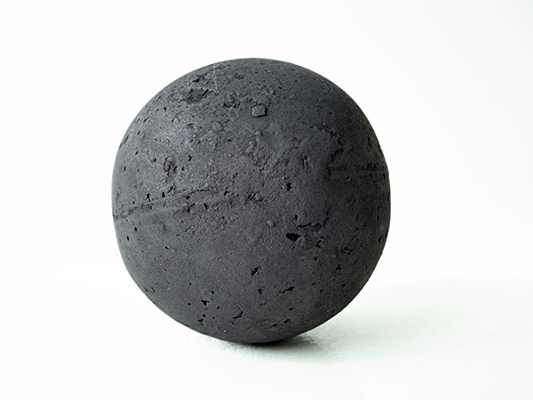Pratchaya Phinthong’s works deal with global economic value exchange and its material manifestation. In a recent project he joined Thai workers to pick berries in Sweden when he was invited for a residency in France. He asked the curator in France to add on a daily basis useless material to the exhibition of the same weight as the weight of the berries that he picked that day. In another project he presented a stack of Zimbabwean dollars, a stack that grew as euros were slowly being exchanged through a local network since the Zimbabwean dollar’s hyperinflation is so strong that it is banned from international exchange markets.
The geographic focus in One of Them (01) is on the People’s Republic of China. In ancient China, the scientist Zhang Heng was said to have invented a seismograph that worked with extreme precision to detect the occurrence of an earthquake as well as the direction of its source. On the outside of a closed vessel eight dragons were attached, each facing the principle directions of the compass, and each carrying a ball in their mouth. When the ground moved, the ball in the mouth of the dragon facing the direction of the earthquake source would move and fall into the mouth of a toad that was seated with open mouth under the dragon. The mechanism of the seismograph was never unveiled and remained a mystery for the many scientists that produced replicas that never reached the same accuracy.
Pratchaya Phinthong links this object with a current economic reality. Globally, 17 rare earth minerals (REES) necessary for hi-tech gadgets such as flat screen TVs, smartphones and hybrid cars are being sourced. With the closing of the last US element mine in 2002, the People’s Republic of China is now close to having a global monopoly on these minerals, controlling 97% of the global trade. Recently, China announced to be cutting the exports by 70%.
The ball in the exhibition is part of a set of eight balls, all produced in China, each one cast in one of the earth minerals. The ball is placed in the direction pointing to mainland China.
Pratchaya Phinthong, born 1974 in Thailand, lives and works in Bangkok

